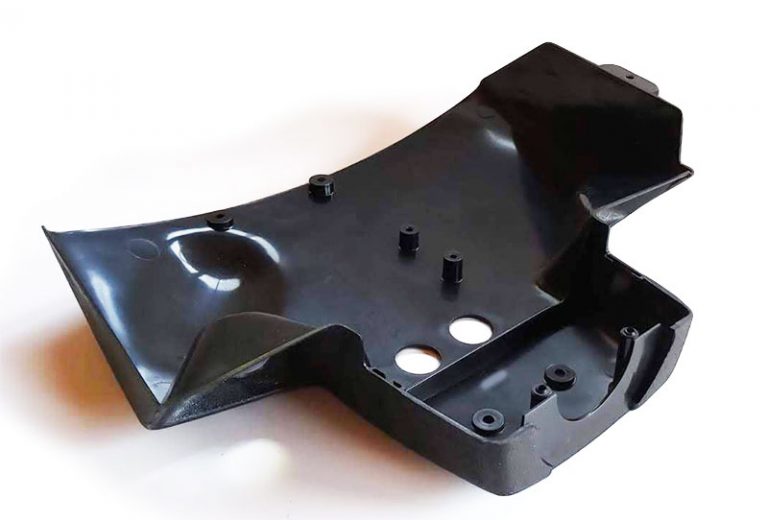- 07963269294
- sales@midlandprototyping.uk
- Mon - Fri: 9:00 - 16:30
Vacuum Casting
When Vacuum casting polyurethane resins, both the tool, mould and resin components are all placed in a vacuum chamber. Once full vacuum has been achieved, the two parts of the resin are mixed together, before being poured into the mould all while still under vacuum.
This helps to remove the majority of air bubbles from the resin that can be coursed during mixing, and air traps or voids in plastic mouldings.
This is ideal when casting clear plastic resin, as you can achieve more of a water clear product, like a lens LCD window.
Vacuum Casting is mostly done using silicone rubber tooling due to the low viscosity and high exothermal temperatures involved with using Vacuum casting materials.
Other tooling methods can be used such as Hard Tooling or GRP, but these must be made to withstand higher temperature. While contraction, material shrinkage and thermal expansion must also be taken into consideration during construction to obtain accuracy.
With a marginally slower production rate as compared to RIM Moulding but with a much larger range of materials to simulate most production thermoplastics.
Vacuum cast parts can be of high detail and accuracy and can be colour matched to Pantone, RAL or BS colour charts.

